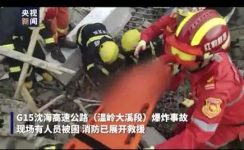
RFID builds a “life safety line” for hazardous chemicals
[ad_1]
At around 16:40 on June 13, 2020, a tanker on the expressway near Liangshan Village, Daxi Town, Wenling City, G15 Shenhai Expressway exploded out of the expressway, causing some surrounding houses and factories to collapse and causing heavy casualties.

The safety issue of hazardous chemicals management has always been the focus of attention. It needs to be controlled in every aspect. At present, there are many problems in the management of hazardous chemicals, such as insufficient data collection, low automation, and storage environment temperature. Wait. Although many departments generally adopt information management in order to strengthen the safety management level of hazardous chemicals, most of them only have a single anti-theft alarm function, and related businesses such as warehouse entry and exit, registration and statistics still use manual management methods, which are time-consuming and labor-intensive and inefficient. , And it is very easy to cause management confusion and data errors. If these dangerous chemicals are circulated due to improper management, it will be a great security risk.
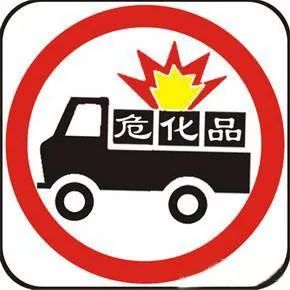
In view of the special requirements for the safety of hazardous chemicals, how to improve and optimize the traditional supervision methods and improve the level of safety management of hazardous chemicals has become a topic of widespread concern. With the development of the Internet of Things technology, RFID technology has provided a solution for the management of hazardous chemicals.

In the annual safety production month, let’s talk about how RFID builds a “safety line” for the management of hazardous chemicals. Let’s talk about the management of gas cylinders and fire-fighting materials in hazardous chemicals.

At present, the safety management of the gas cylinder industry is relatively difficult. The number of gas cylinders is large, the fluidity is large, the distribution is wide and the management is not in place, and it cannot meet the real safety management requirements. There are many problems such as unknown number of various gas cylinders, unclear safety status, and unclear property rights information. Due to the phenomenon of mixed or random filling of gas cylinders for self-interest, a large number of overdue and unregistered gas cylinders are circulating in the society from time to time, and it is difficult to implement safety responsibilities and cause great safety hazards.

Now by installing an RFID gas cylinder label on each gas cylinder, each gas cylinder label has a unique ID, and it is numbered and registered, and each gas cylinder is given a unique identification code. The RFID gas cylinder label records the property information, usage information, inspection information, filling information, etc. of the gas cylinder. During the circulation process of the gas cylinder, by reading the property information, inspection and manufacturing information recorded in the electronic tag, regular inspection and expiration are guaranteed scrapped. The RFID gas cylinder label records the information of the entire process to ensure completeness and non-repudiation. In this way, once a safety incident occurs, you can view relevant information through the RFID label information, which is convenient for tracing the person responsible for the accident, and provides evidence for the handling of the incident to avoid violations Illegal operation.
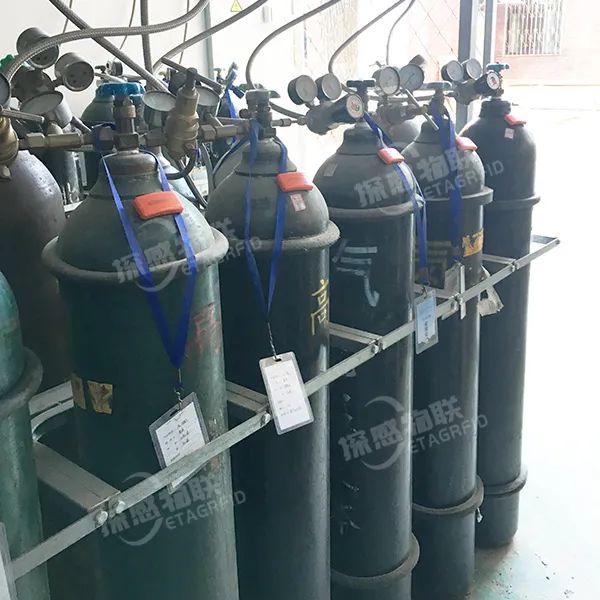
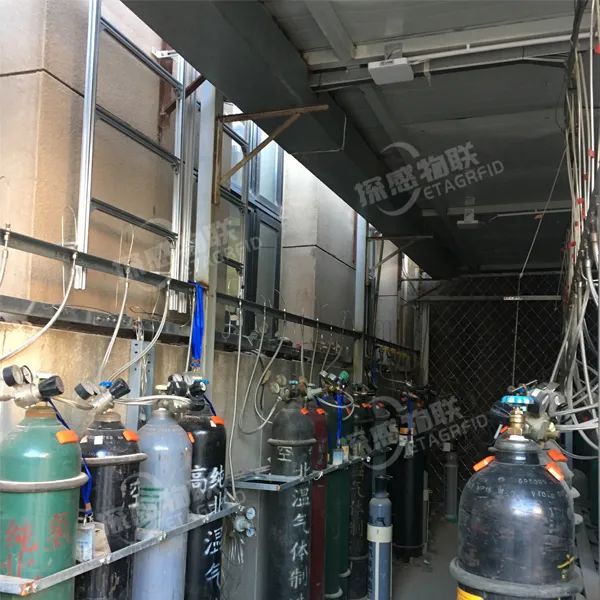
The management of gas cylinders through RFID technology realizes data collection automation and eliminates errors in manual statistics; non-contact remote identification reduces the contact between personnel and dangerous explosives, and makes gas cylinder management more worry-free and safe.
The significance of fire safety is becoming more and more important. In the process of fire fighting and fire fighting, fire equipment is the first safety guarantee and guardian of safety. It is of great significance to ensure the maintenance and management of fire equipment. The use of advanced information technology to strengthen information management capabilities, strengthen the supervision of the inspection process, improve the management level of fire-fighting equipment, and eliminate potential safety hazards.

At present, the management of fire-fighting equipment is still based on manual inspection and manual recording. The inspection records are archived in paper. Unexpected situations found during the inspection, such as the fire extinguisher has been turned on, insufficient weight, insufficient air pressure, etc., are all separately Fill in the form to record, and after recording, it is easy to confuse the fire extinguisher, because the appearance of the fire extinguisher has a certain similarity and is not easy to distinguish. There are more problems in emergencies.

RFID technology establishes information and data for fire-fighting equipment and deploys RFID reading and writing equipment, collecting and acquiring data information at various key points, which not only makes the management of equipment easy and simple, but also avoids manual operations and records. The resulting data is inaccurate and time-consuming. RFID technology will greatly improve many problems in the management mode, and provide a strong guarantee for the management and safe use of fire-fighting equipment.
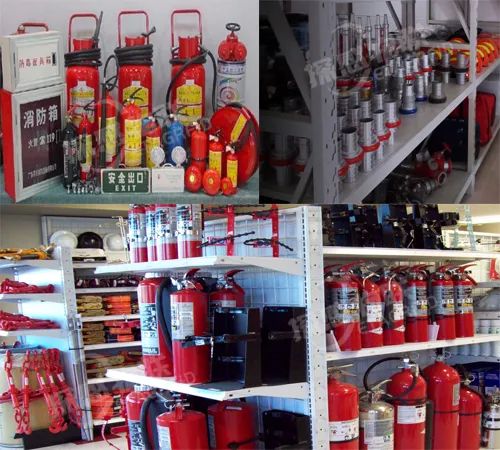
1. Attach RFID electronic tags to the fire-fighting equipment within the jurisdiction. There is a memory on the tag, which can record the purchase time, expiration time, installation time, person in charge, and number of inspections of the fire-fighting equipment, so as to perform inspections on the fire-fighting equipment. Life cycle management.
2. Establish electronic files of fire-fighting equipment and store them in a unified manner. Relevant personnel will be reminded to replace them when they expire.
3. The inspector is equipped with an RFID handheld mobile data collection terminal, which can identify the RFID tag information on each fire fighting equipment. At this time, an inspection record will be formed in the handheld. If the equipment is found to be damaged or malfunctioning, The inspector will make the corresponding selection on the handheld and save it in the inspection record.
4. Install RFID readers and antennas in the fire truck to obtain real-time information about the fire fighting equipment in the fire truck to ensure that the equipment information on the fire truck can be quickly identified when there is a fire fighting task. After the fire fighting task is completed, you can also check the fire fighting equipment brought back. Whether the equipment is missing to prevent loss.
5. Deploy fixed RFID readers and antennas at the door or passageway of the fire-fighting warehouse to identify the information of the fire-fighting equipment entering and leaving the warehouse, so as to check and manage the fire-fighting equipment in and out of the warehouse.

The function and practicability of RFID have received more and more attention and attention from more and more industries. RFID non-contact recognition, fast reading, simultaneous recognition of multiple information, long recognition distance and other characteristics make the application of RFID quickly expanded to various applications. Domain and played a very important role in the process. In the management process of hazardous chemicals, RFID has built a “life safety line” for it.
[ad_2]



